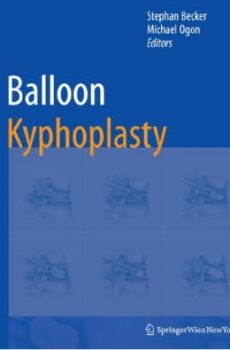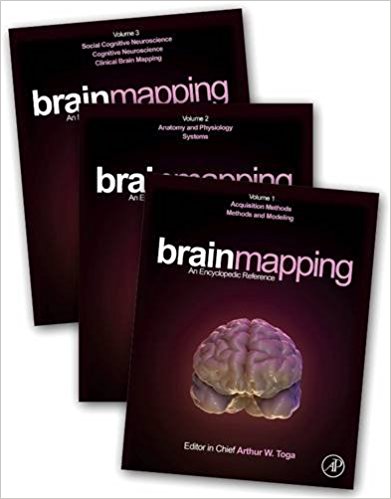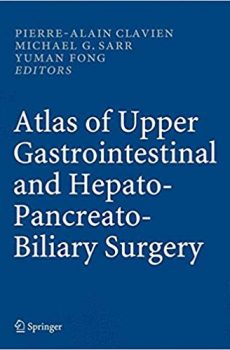
Atlas of Upper Gastrointestinal and Hepato-Pancreato-Biliary Surgery
37,446.00₹ 20,800.00₹
Atlas of Upper Gastrointestinal and Hepato-Pancreato-Biliary Surgery covers in detail the technical aspects of all important procedures of the upper abdomen (esophagus, duodenum, stomach, liver, biliary system, pancreas, portal hypertension and spleen) including general, oncologic and transplantation surgery. Each chapter has been written by an expert renowned in his or her field and been reviewed by a second expert. All of the approximately 900 illustrations have been drawn by the same team of three artists of notable experience. The liver section follows the internationally accepted terminology of the Brisbane 2000 conference of the IHPBA. In this atlas experts of upper abdominal surgery share their experience and show how they do it – step by step.
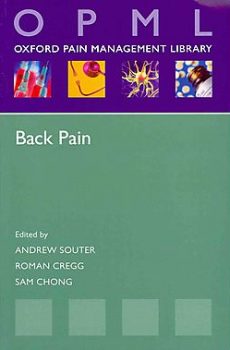
Back Pain (Oxford Pain Management Library)
2,295.00₹ 995.00₹
Back pain is one of the most common reasons cited by patients seeking medical help, and it is a leading cause of time off work and long term disability. Causes of back pain are complex and many health care professionals devote a substantial amount of their time dealing with it. The initiating event leading to back pain is often compounded by other factors leading to maladaptive behaviour and prolongation of pain. This pocketbook will summarise the current literature on management of back pain and provide evidence-based, practical guidelines for clinicians.
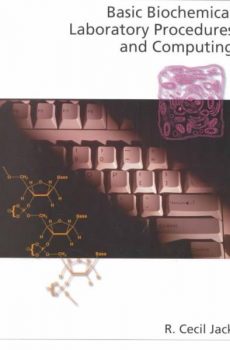
Basic Biochemical Laboratory Procedures and Computing
4,990.00₹ 1,600.00₹
The quantitative and informational characteristics of today’s biomedical sciences have evolved so rapidly that students and scientists will increasingly use computers for calculation, sequence analyses, model-building, and testing hypotheses. The computer age has required biomedical workers to learn the steps involved in solving biomolecular calculations and to understand the theoretical basis of experimental procedures. This text does more than provide a catalog of biochemical calculations; in addition to showing how to perform certain calculations, it emphasizes mastery of basic theoretical and laboratory biomedical principles through the choice of topics and the inclusion of many review questions and problems. It has four sections, each with an interdisciplinary theme depicting the types of procedures used by practicing biomedical scientists. Some topics discussed may be found in textbooks of biology, general chemistry, mathematics, biochemistry, immunology, physical chemistry, statistics, or computer science. Whenever possible, recent applications of the procedures and computations in clinical, academic, industrial, and basic research laboratories are cited. This text also provides theoretical background and spreadsheet solutions in selected areas of the biomedical sciences and reflects the thinking, methods, instruments, and experimental strategies of today’s practicing biomedical scientists. Ideal for upper level undergraduates and graduate students taking courses on laboratory methods and techniques in departments of biological sciences, biochemistry, biophysics, and molecular biology, and it may also serve as a guide for graduate students and laboratory assistants in a broad range of biomedical research activities.
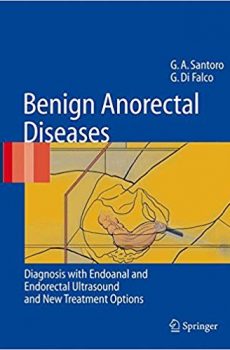
Benign Anorectal Diseases: Diagnosis with Endoanal and Endorectal Ultrasound and New Treatment Options
Three-dimensional endoanal ultrasonography with emphasis on the anatomy of the pelvic floor and diagnosis of anorectal benign diseases.
Numerous schematic representations coupled with ultrasonographic and radiologic images provide a didactic approach.
Readers gain a clear understanding of the fundamental principles and techniques of ultrasonography as well as of the normal anatomy of the pelvic floor and its modification in various benign anorectal diseases. Both general and specialist clinical practices will benefit from this book.
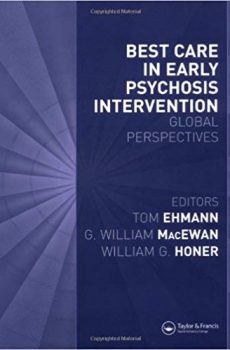
Best Care in Early Psychosis Intervention
10,990.00₹ 4,990.00₹
The field of early intervention in psychotic disorders has rapidly advanced in the past decade. Clinical practice is striving to incorporate the unfolding research findings and clinical innovations that are occurring on an international scale. This book presents the most comprehensive review of best practices written to date. Unfortunately, clinical practice guidelines often fail to make a significant impact because of adoption and implementation difficulties.
This book assists widespread implementation by presenting views on best practises from around the world. A wide variety of contributors discuss their unique efforts at implementing the principles of care espoused in the Intervention Guide. These discussions are followed by a series of chapters on state-of-the-art applications of specific intervention issues by world leaders in the early psychosis field.
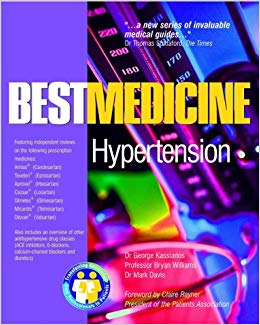
Best Medicine for Hypertension
1,295.00₹ 995.00₹
BESTMEDICINE is a series of practical, authoritative and independent guides which provide patients, carers and the general public with information previously only available to the medical profession. BESTMEDICINE Hypertension discusses the importance of effective blood pressure control and the pivotal role that hypertension plays in the development of serious chronic diseases such as coronary heart disease. Detailed evidence underlying the use of one class of prescription medicines that are available to control blood pressure is also presented in this title, together with an overview of the other antihypertensive agents that are currently available.

Best of Five Clinical Scenarios for the MRCP
6,990.00₹ 4,490.00₹
The recent change in examination format has made the revision books and materials published over the years largely obsolete. This new book is based on the new form of MCQ – ‘Best Of Five’ Clinical Scenarios, matching the style and standards set by the College, and is designed to provide readers with a complete distance-learning package. This first volume in the series can be accessed online to experience all the benefits of the 123Doc’s celebrated e-courses. It covers eight of the most important specialities seen in the MRCP exam: Cardiology, Dermatology, Gastroenterology, Haematology, Infectious Diseases, Nephrology, Neurology and Respiratory Medicine (Volume 2 will cover the remaining specialties). Within each chapter, ‘hot-topics’ from the speciality are illustrated by 2 questions, with detailed teaching notes and lists of ‘key points’ to help you further master the subject.Published in association with 123Doc Medical Courses.

Beyond Pain
4,200.00₹ 1,290.00₹
This book explains the mechanisms that cause pain, the impact pain has on patients and their families, and the different approaches that can be used to help people with ongoing pain. The contributors are all leading nurse specialists in the field, and topics covered include the effects of nutrition on pain, massage, acupuncture and other complementary therapies, pain in older people and future developments. Learning points are included throughout the book.
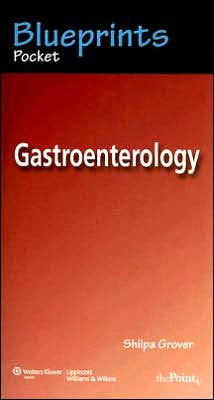
Blueprints Pocket Gastroenterology
3,080.00₹ 1,790.00₹
Blueprints Pocket Gastroenterology is designed as a quick read for students on rotation and others who want to know more about the specialty. Pocket-sized and practical, the text reviews the clinical topics a student would most likely encounter during an elective rotation and also provides the basic knowledge needed before USMLE Steps 2 and 3 in an organized, easy-to-read outline format. The book also features appendices on opportunities in gastroenterology, a question and answer review, and suggested additional reading.
Blueprints Pocket Gastroenterology is perfect for medical students. Physician assistants, nurse practitioners, and related health professionals will also find the book valuable.
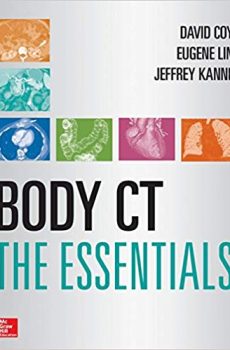
Body CT The Essentials
5,810.00₹ 3,990.00₹
Body CT: The Essentials delivers an up-to-date, detailed, and practical review of CT imaging of the chest, abdomen, and pelvis. It will prove especially valuable to trainees in diagnostic radiology and practicing radiologists with an interest in body imaging.
Primarily organized by organ system, Body CT: The Essentials also includes important technical chapters that review intravenous contrast administration, scan parameters, and radiation physics that enable you to perform quality studies with minimum patient radiation exposure.
Each organ-specific chapter incorporates the latest advances in CT imaging and recommendations or guidelines for imaging, as well as follow-up findings. Tables found within the chapters include differential diagnosis, and each chapter concludes with suggested readings for a more detailed discussion of the topic.
Here’s why this is the perfect CT primer:
- Enhanced by more than 450 images
- Emphasizes the appropriateness and role of CT relative to other imaging modalities and protocols
- Includes coverage of the latest technologies such as cardiac CT, CT colonography, and CT enterography
- Focuses on the most practical concepts related to generating a concise, accurate differential diagnosis and relevant report
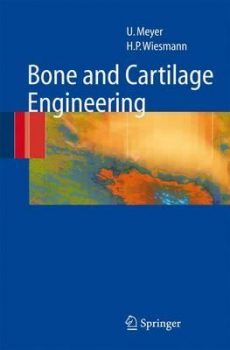
Bone and Cartilage Engineering
13,900.00₹ 5,490.00₹
Bone and Cartilage Engineering provides a complete overview of recent knowledge in bone and cartilage tissue engineering. It follows a logical approach to the various aspects of extracorporal bone and cartilage tissue engineering. The cooperation between a basic scientist and a clinician made it possible to structure the book’s content and style according to the interdisciplinary character of the field. The comprehensive nature of the book, including detailed descriptions of laboratory procedures, preclinical approaches, clinical applications, and regulatory issues, will make it an invaluable basis for everyone working in this field. This book will serve as a fundamental tool for basic researchers to establish or refine tissue engineering techniques as well as for clinicians to understand and use this modern therapeutic option.
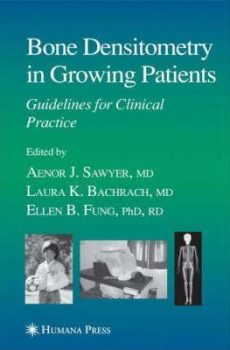
Bone Densitometry in Growing Patients
16,160.00₹ 12,399.00₹
Bone Densitometry in Growing Patients: Guidelines for Clinical Practice, edited by Drs. Sawyer, Bachrach, and Fung, is a milestone book for all health prof- sionals concerned with bone health in growing patients. The book introduces and emphasizes the importance of attending to issues of bone health and development in childhood and adolescence as a way of maintaining such health and decreasing the epidemic of osteoporosis that we are now seeing in older adults. In doing so, the book offers a much-needed first set of standards of bone densitometry in growing patients. Given the numerous reports of serious interpretation errors in densitometry results in children, the development of this body of work is truly important. It is in this context that Bone Densitometry in Growing Patients: Guidelines for Clinical Practice presents the current evidence, including an assessment of the strengths and weaknesses in the data on assessing bone density in childhood and adolescence. In short, the editors and authors have done an outstanding job of or- nizing not only the key topics in this broad clinical discussion, but also, and most importantly, the evidence within these areas.
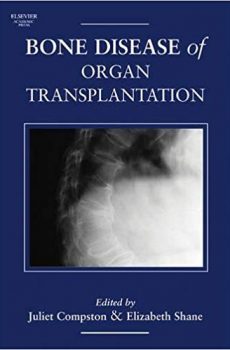
Bone Disease of Organ Transplantation
21,990.00₹ 4,000.00₹
Bone disease, particularly osteoporosis, has emerged as a common and serious complication of solid organ transplantation. In recent years there have been real advances in our understanding of the pathogenesis and pathophysiology of bone loss, however treatment studies have been relatively sparse and successful strategies to reduce skeletal morbidity after transplantation remain to be clearly established. Bone Disease of Organ Transplantation provides a unique resource for the many health professionals involved with transplantation of bone disease, both in terms of its scientific background and the management of the disease in clinical practice.
- Basic Transplantation and Bone Biology
- Pathogenesis of Transplantation Related Bone Disease
- Clinical Features of Transplantation Bone Disease
- Management
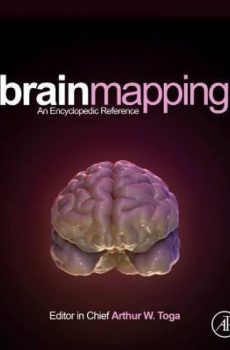
Brain Mapping: An Encyclopedic Reference
136,500.00₹ 85,000.00₹
Brain Mapping: A Comprehensive Reference offers foundational information for students and researchers across neuroscience. With over 300 articles and a media rich environment, this resource provides exhaustive coverage of the methods and systems involved in brain mapping, fully links the data to disease (presenting side by side maps of healthy and diseased brains for direct comparisons), and offers data sets and fully annotated color images. Each entry is built on a layered approach of the content – basic information for those new to the area and more detailed material for experienced readers. Edited and authored by the leading experts in the field, this work offers the most reputable, easily searchable content with cross referencing across articles, a one-stop reference for students, researchers and teaching faculty.

Breast Imaging Review
6,220.00₹ 2,790.00₹
Breast Imaging Review: A Quick Guide to Essential Diagnoses serves as a quick review of essential radiology findings for interpreting multimodality images of the breast. The book includes 92 easy-to-read cases presenting common diagnoses, with over 360 high-quality figures encompassing mammography, ultrasound, MRI, and PET images. Also included are concise pearls covering the basics of interventional breast procedures, such as MRI-guided breast biopsy, galactography, and ultrasound-guided cyst aspirations, along with high yield facts vital to the practice of breast imaging.
Co-authored by Drs. Biren A. Shah, Gina M. Fundaro, and Sabala Mandava, this book successfully integrates a comprehensive array of images, diagnoses, and discussion points into a quickly reviewable format. Breast Imaging Review is a valuable resource for radiology residents preparing to take the oral boards, as well as fellows and practicing radiologists interested in reviewing the basics of breast imaging interpretation and interventional procedures.
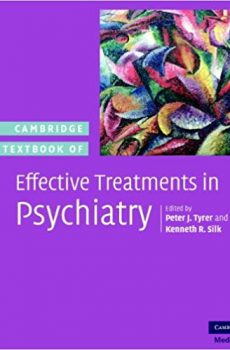
Cambridge Textbook of Effective Treatments in Psychiatry
18,995.00₹ 3,995.00₹
This is a book of psychiatry at its most practical level. It aims to answer the sorts of questions psychiatrists ask on a daily basis. What treatments are available for the condition that I think this patient has? What is the relative value of each of these treatments? Are there any other treatments that I should be considering if a first approach has failed? Is there any value in combinations of treatment? And, can I be sure that the evidence and recommendations I read are free from bias? The content is organised into three sections covering disease classification, the major treatment modalities and the application of these treatments to the wide range of psychiatric diagnoses. All professionals in mental health want to give the best treatments for their patients. This book provides clinicians with the knowledge and guidance to achieve this aim.
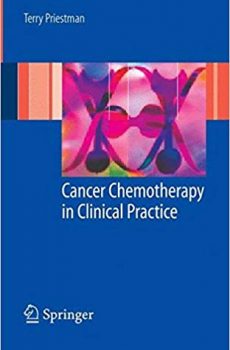
Cancer Chemotherapy in Clinical Practice
This excellent new book summarizes the whole range of systemic cancer therapies, explaining their mode of action and potential side-effects, as well as their clinical applications. It is divided into three sections. The first tackles the theoretical basis of cancer chemotherapy: following an historical introduction, the different treatment modalities are explained in the context of basic tumor biology. The text then moves on to the subject’s practical aspects and covers dosing and drug delivery together with an extensive discussion of possible side-effects. Finally, Priestman looks at chemotherapy in the management of cancers. The book has a consistency of style which makes a wealth of complex information both readily accessible and easily understandable.
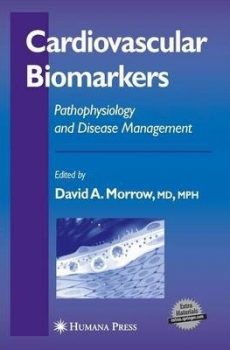
Cardiovascular Biomarkers: Pathophysiology and Disease Management
9,990.00₹ 1,990.00₹
In the four pages committed to a discussion of myocardial infarction in the first edition of Harrison’s Principles of Internal Medicine, published in 1950, there was no mention of use of the laboratory for management of patients. Thirty years later, when the first edition of Braunwald’s Heart Disease, A Textbook of Cardiovascular Medicine was published, 2 out of the 1943 pages in the text contained a discussion of the laboratory examinations in acute myocardial infarction. Our knowledge base of the multitude of ways that physicians can and should use the clinical chemistry laboratory has expanded dramatically since these classic texts were published. The nomenclature has changed: terms such as “cardiac enzymes” have given way to “cardiac biomarkers. ” The number of assays has multiplied, and the operating characteristics of available assays are impr- ing at a gratifying but dizzying rate. We now use biomarkers to diagnose cardiovascular diseases and also to frame our treatment strategies. Thus, there is a clear need for a scholarly compilation of the state of the art of cardiac biomarkers. Dr. David Morrow has expertly edited an authoritative book that answers this need. The 34 chapters in Cardiovascular Biomarkers: Pathophysiology and Disease Mana- ment were written by a group of individuals who are internationally recognized thought leaders and experts in clinical and laboratory medicine.




